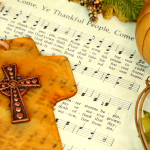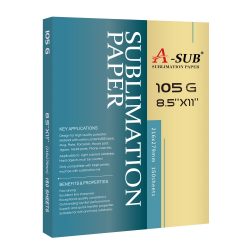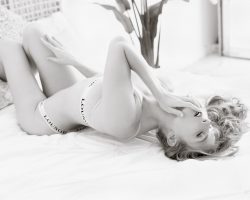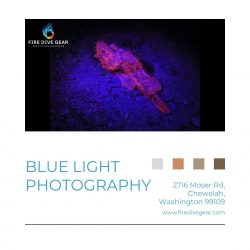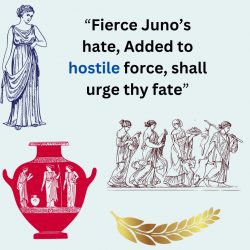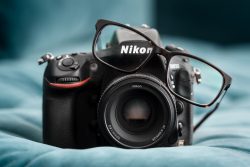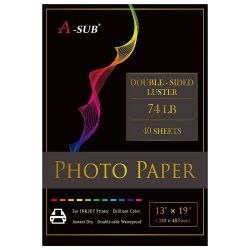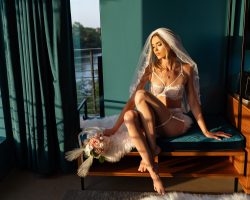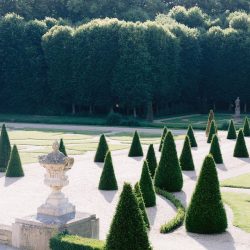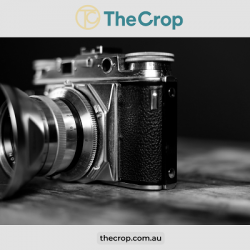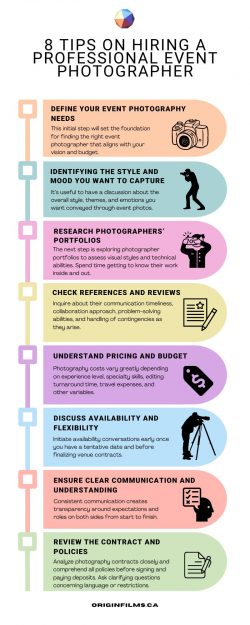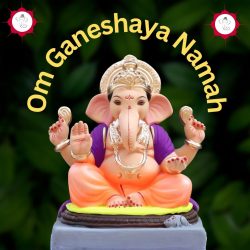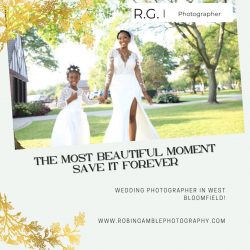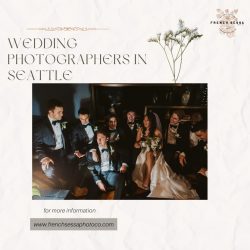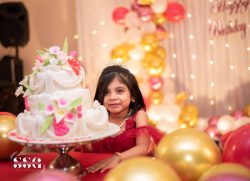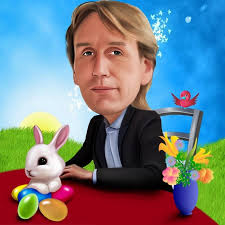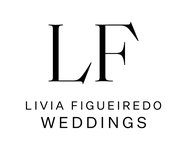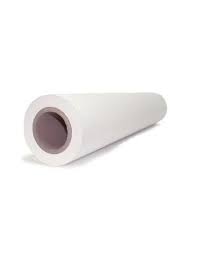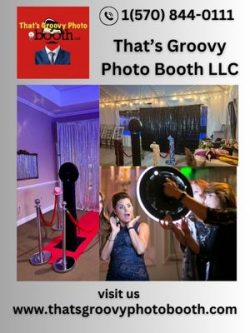What are some of the basic designs in floral arrangement?
What Are Some of the Basic Designs in Floral Arrangement? Unlock the Full Spectrum of Blooming Marvels
Ah, the ethereal allure of flowers! They’re not just plants; they’re like smiles from Mother Nature herself. Whether you’re setting the stage for a romantic dinner, marking a milestone, or simply trying to bring the outdoors in, floral arrangements come to the rescue. But hold on, this isn’t a game of mere chance. There’s a design for every dream. Now, for the million-dollar question: “What are some of the basic designs in floral arrangement?” Well, you’re in for a treat! Let’s unlock this floral Pandora’s box together and sprinkle your life with petal-perfect arrangements.
The History and Significance of Floral Arrangement
Floral artistry didn’t just spring up overnight. Our ancestors loved a good bouquet as much as we do! Imagine Egyptians crafting aromatic wreaths, or Victorians communicating through the language of flowers. And let’s not forget the Japanese with their intricate Ikebana designs. Each culture has added layers of meaning and technique to this ever-evolving art form. And you, my friend, are the next link in this historic chain.
Why Design Matters in Floral Arrangements
Think of floral arrangements as your petal palette, where each bloom is like a brushstroke on a canvas. A thoughtful design can elevate an arrangement from being a simple bunch of flowers to an emotionally charged, visually stunning masterpiece. Whether you’re expressing love, congratulations, or condolences, the design you choose speaks volumes.
Understanding Basic Elements in Floral Design
First things first, let’s chat about the building blocks of any eye-catching floral design:
Line: Beyond just guiding the eyes, lines create movement. Imagine willowy grasses arching gracefully over a lower bed of blooms.
Form: From a perfect circle to an elongated oval, the form of your arrangement can convey different emotions. Ovals feel comforting, while irregular forms can evoke excitement.
Texture: Consider adding elements like feathery ferns or spiky thistles to break up the monotony and add intrigue.
Color: Feeling adventurous? Go beyond standard palettes and explore contrasting colors or varied shades of a single hue.
Space: Using negative space wisely can create breathtaking effects. Place blooms sporadically to make a statement.
What are some of the basic designs in floral arrangement?
So let’s get down to brass tacks. “What are some of the basic designs in floral arrangement?” I hear you cry. Let’s explore.
The Traditional Round Design
Best for: Absolutely any and every event under the sun. It’s the jeans and a white tee of floral designs.
Key Elements: It’s a circle of life in flower form—symmetry, balance, and a comforting sense of completeness.
Pro Tip: For a twist, use a mix of buds and fully bloomed flowers for varying textures and dimensions.
The Modern Structural Design
Best for: Contemporary events where aesthetics matter. Think art galleries or rooftop parties.
Key Elements: Edgy geometrical forms, asymmetry, and often a monochromatic color palette.
Pro Tip: Concrete or metallic vases add to the modern vibe.
The Fan-Shaped Arrangement
Best for: Galas, charity balls, and other fancy shindigs.
Key Elements: A focal point with stems fanning out symmetrically. Almost like a fireworks display in slow motion!
Pro Tip: Using flowers of different lengths can add a cascading effect within the fan shape.
The Minimalist Design
Best for: Quiet Sunday brunches, meditative spaces, or when you’re going for that ‘understated chic’ look.
Key Elements: Singular focus, often on one type of flower or even a single bloom. Yes, less really is more here.
Pro Tip: Small ceramic or glass containers complement this design.
The Cascading Design
Best for: The Oscars of life events—weddings, milestone anniversaries, and grand balls.
Key Elements: Layering and vertical drama. Think of it as the floral equivalent of a waterfall.
Pro Tip: Ribbons or ornamental baubles can add that final touch.
Design Type
Design Type Best For Key Elements Additional Tips
Traditional Round General events Symmetry, roundness Mix of buds and blooms
Modern Structural Art shows, modern weddings Geometric forms, clean lines Use of non-traditional vases
Fan-Shaped Classic events Radiating lines, focal point Cascading within the fan
Minimalist Intimate settings Simplicity, negative space Small and simple containers
Cascading Weddings, grand events Flow, drama, verticality Incorporate ribbons
Tools and Materials for Basic Floral Arrangements
Besides the basics we discussed, add these to your toolkit:
Floral pins for securing the design
Decorative meshes or fabrics
A spray bottle to keep flowers fresh
Natural accents like stones or shells
Practical Tips for Better Floral Design
Flower Lifespan: Invest in flower food or preservatives.
Seasonal Blooms: Seasonal flowers are not just pocket-friendly; they’re also fresher and last longer.
Color Coordination: Experiment with analogous colors or go for a thematic approach.
Conclusion
Phew! That was quite a journey, wasn’t it? If you’ve been asking, “What are some of the basic designs in floral arrangement?”, we hope you now feel like an emerging floral guru! From understanding historical context to mastering individual elements and navigating through various design options, you’re now equipped to make your next floral endeavor a booming. Know more: https://www.irisorderofservices.co.uk/average-cost-of-a-funeral-cremation/

